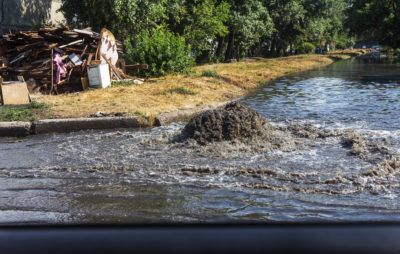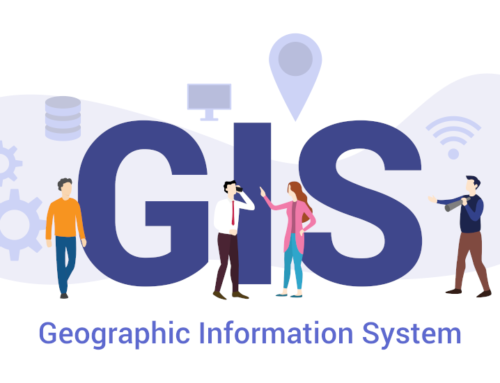Unfortunately, there’s often nothing you can do to prevent a disaster from occurring. Many disasters are completely out of our hands, which can be difficult to come to terms with – it can feel like there’s nothing you can do. When disaster strikes, it often causes extensive damage to the surrounding area and significantly affects communities. Damage to the infrastructure can put citizens at serious risk and become a major safety hazard. While there may be nothing you can do to prevent damage caused by a disaster, it is possible to make the aftermath easier to recover from when they’re over. Infrastructure asset management software can help municipalities respond more effectively if a disaster does occur. It also gives them the best chance at overcoming the challenges it can cause.
come to terms with – it can feel like there’s nothing you can do. When disaster strikes, it often causes extensive damage to the surrounding area and significantly affects communities. Damage to the infrastructure can put citizens at serious risk and become a major safety hazard. While there may be nothing you can do to prevent damage caused by a disaster, it is possible to make the aftermath easier to recover from when they’re over. Infrastructure asset management software can help municipalities respond more effectively if a disaster does occur. It also gives them the best chance at overcoming the challenges it can cause.
We’ve all seen the devastation that a disaster can cause, which is why disaster preparedness is extremely important. Infrastructure asset management can help municipalities better prepare for a disaster ahead of time.
Every municipality should prepare for natural disasters. Find out how an infrastructure asset management system can help you be better prepared when a disaster occurs.
1. It Helps Track Assets
Even small municipalities have many assets. From small street signs to major bridges and everything in between, you likely have a long list of infrastructure assets in your community. Keeping track of assets can be difficult to manage on a normal day. After a disaster, knowing what assets you have and where they are located can become even harder without infrastructure asset management. Quickly determining which assets have sustained damage during the event can also be difficult when you manage a large number of assets.
One of the most important reasons to have infrastructure asset management is that it helps you keep track of all your assets and how they’re performing. Infrastructure asset management software is always important to have, but it becomes even more essential when a disaster happens. Such a system allows you to quickly identify where critical assets are located and inspect them for damage. A GIS based local government asset management system will help you see where your assets are located on a map. You can quickly begin assessing damage when you can view your critical assets in relation to the heavily impacted areas.
2. It Allows You To Prioritize Maintenance and Repairs
Assets will face varying degrees of damage following a disaster, so not all repairs will be urgent. Likewise, not all assets have the same criticality. The most important infrastructures need to be inspected and repaired first. Repairs to less important assets can wait. But how do you quickly identify the most important assets? The ability to view critical assets on a map can help you quickly and efficiently prioritize repairs. This type of prioritization is essential.
3. Invest In Infrastructure Asset Management Today
You don’t want to wait until it’s too late to start utilizing an infrastructure asset management system. It is a vital part of a reliable plan to help your municipality prepare for disasters. Beyond helping you with disaster preparedness, it will also help your day-to-day operations run more smoothly.
If you are wondering about the other benefits, contact us to learn more about the ShareNet infrastructure asset management software.





